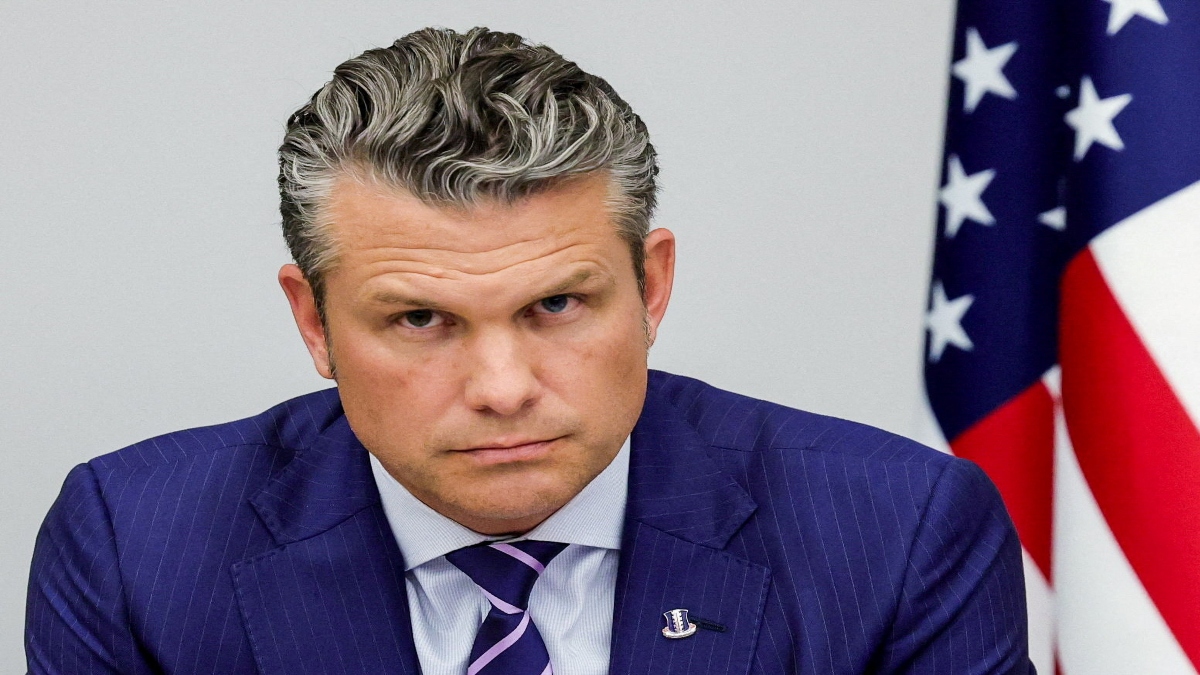The unfolding saga of Infrastructure Leasing and Financial Services (IL&FS) is turning out to be the same old script—float mind-boggling maze of subsidiaries in a manner of wheels within wheels in a clutter of confusion so that it takes a herculean effort to figure out where exactly the amount flowing out of the parent went. As per Uday Kotak, Chairman of the temporary board of directors of IL&FS, appointed by the central government in place of the one that presided over the crisis, there are as many as 347 subsidiaries of IL&FS, with 100 of them incorporated abroad. No prize for guessing right. Yes, one can say without the fear of contradiction that these 100 foreign subsidiaries would presumably be in tax havens such as Camay Island, British Channel Islands, Panama etc, the usual suspects that always figure in the roll-call of financial rogues and renegades. And these are the companies through which the IL&FS promoters would have ultimately reached their objective—spiriting away funds, rubbing off all possible audit trails unless the Indian government is lucky in persuading the government of these renegade states harboring the ill-gotten wealth to spill the beans. The record hitherto, sadly, is none too inspiring. Japan was skeptical of holding-subsidiary company structure of corporate business so much so that it had clamped a ban on holding companies fearing that occupational forces during the World War II would loot and plunder the nation taking shelter behind the structure’s opacity. A few years ago it relented and lifted the ban but the fact remains the world over there is a fear of labyrinthine subsidiaries. There is a view that creation of subsidiaries is a neat arrangement that is conducive to business especially if reorganisation is warranted in future. Divisions instead of subsidiaries are messy in controlling and reorganising, they aver.
Subsidiaries are standalone companies, and thus can be bought and sold without much ado where in case of a multi-division company, the division on sale has first to be hived off in a demerger exercise which takes time and cost.
Consolidation of accounts is a possible bulwark against the opacity sought and conferred by creation of byzantine maze of subsidiaries but things do not seem to have improved despite the Companies Act, 2013 insisting on consolidated financial statements. Many companies are not following the spirit of consolidation by taking advantage of the looseness of the definition of the term ‘control’. B is not subsidiary of A unless it is controlled by A. [caption id=“attachment_5251861” align=“alignleft” width=“380”]  Representational image. Reuters.[/caption] The Companies Act, 2013 also has put its foot down on the creation of a subsidiary of subsidiary and so on by saying that if company B is a subsidiary of company A, it can at the most create one more layer i.e. company C as its subsidiary. This is salutary as horizontal subsidiaries B, C, D, E and F all being subsidiaries of company A doesn’t pose any problems. It is the vertical subsidiaries that are the villains of the piece. Apparently, IL&FS did not prepare the consolidated accounts completely because it is only now dawning that the group has a staggering liability of Rs 94,215 crore. It seems bulk of the liability of the parent i.e. IL&FS was parked in the balance sheets of subsidiaries not reflected in the consolidated financial statements. IL&FS’ labyrinthine subsidiaries numbering 347 seem to be belonging to the pre-2013 era when there was no restriction on vertical subsidiaries. (The author is a senior columnist and tweets @smurlidharan)


)

)
)
)
)
)
)
)
)



